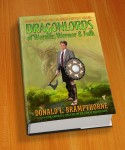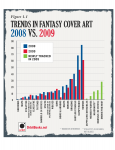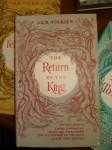This is a thing I have recently read. You might read it, too, if you like:
Heavy Words, Lightly Thrown: The Reason Behind the Rhyme by Chris Roberts.
Each chapter starts with a bit of nursery rhyme, then describes — in a very conversational way — possible meanings, origins and interpretations. Though the subject matter may seem of interest only to those who believe literature to have user-serviceable parts inside, this book strives to entertain, even when it means stepping away from academic rigor.
The subject matter leaps from political intrigue to sexual innuendo to the dense web of literary reference, but the narrative remains interesting and informative throughout. It taught this jaded bibliophile a few new things, and dispelled as myths a few things I’d previously assumed to be true.
I found the English-to-American glossary in the back to be unnecessary and perhaps a little condescending, though I have my suspicions this was the idea of the publisher rather than the author.
[Edited 2010-02-10 by dhenke to remove Amazon links. See explanatory post.]
 We’re kickin’ it old-school on SGS today, with a lovely post on the British Library‘s Medieval Manuscripts Blog. The image to the right is from Royal MS 20 B XX. Click the image to see a larger version, or — far better — use the British Library MS Viewer to browse wonderful, high-res zoomable scans of the original.
We’re kickin’ it old-school on SGS today, with a lovely post on the British Library‘s Medieval Manuscripts Blog. The image to the right is from Royal MS 20 B XX. Click the image to see a larger version, or — far better — use the British Library MS Viewer to browse wonderful, high-res zoomable scans of the original.



